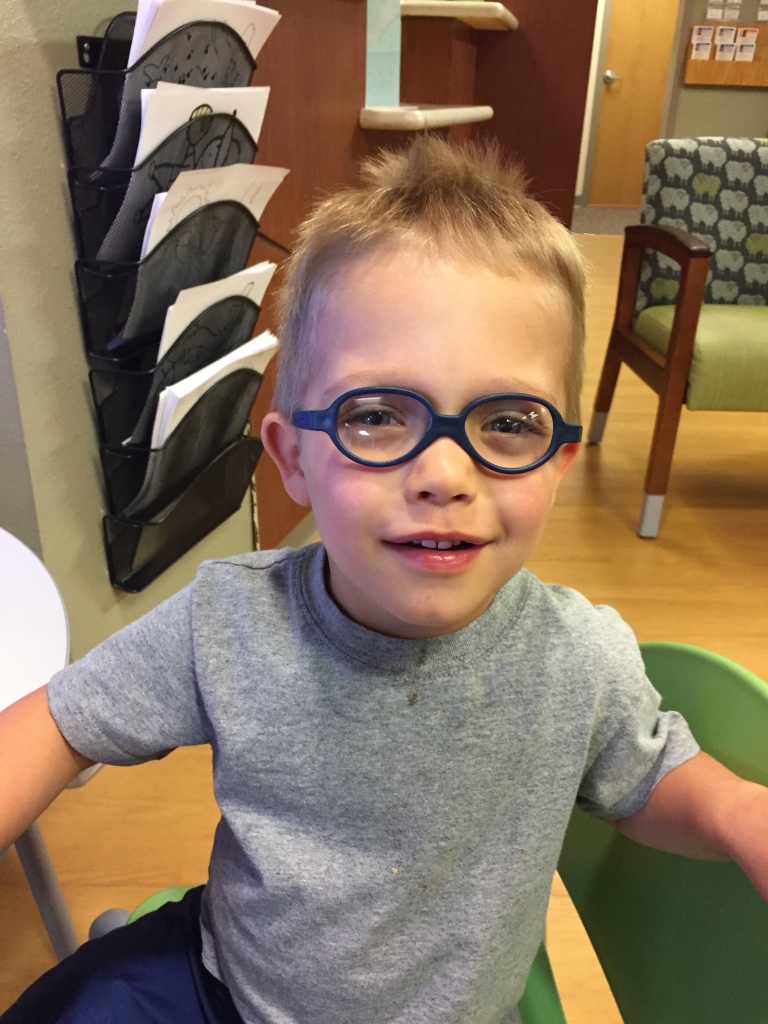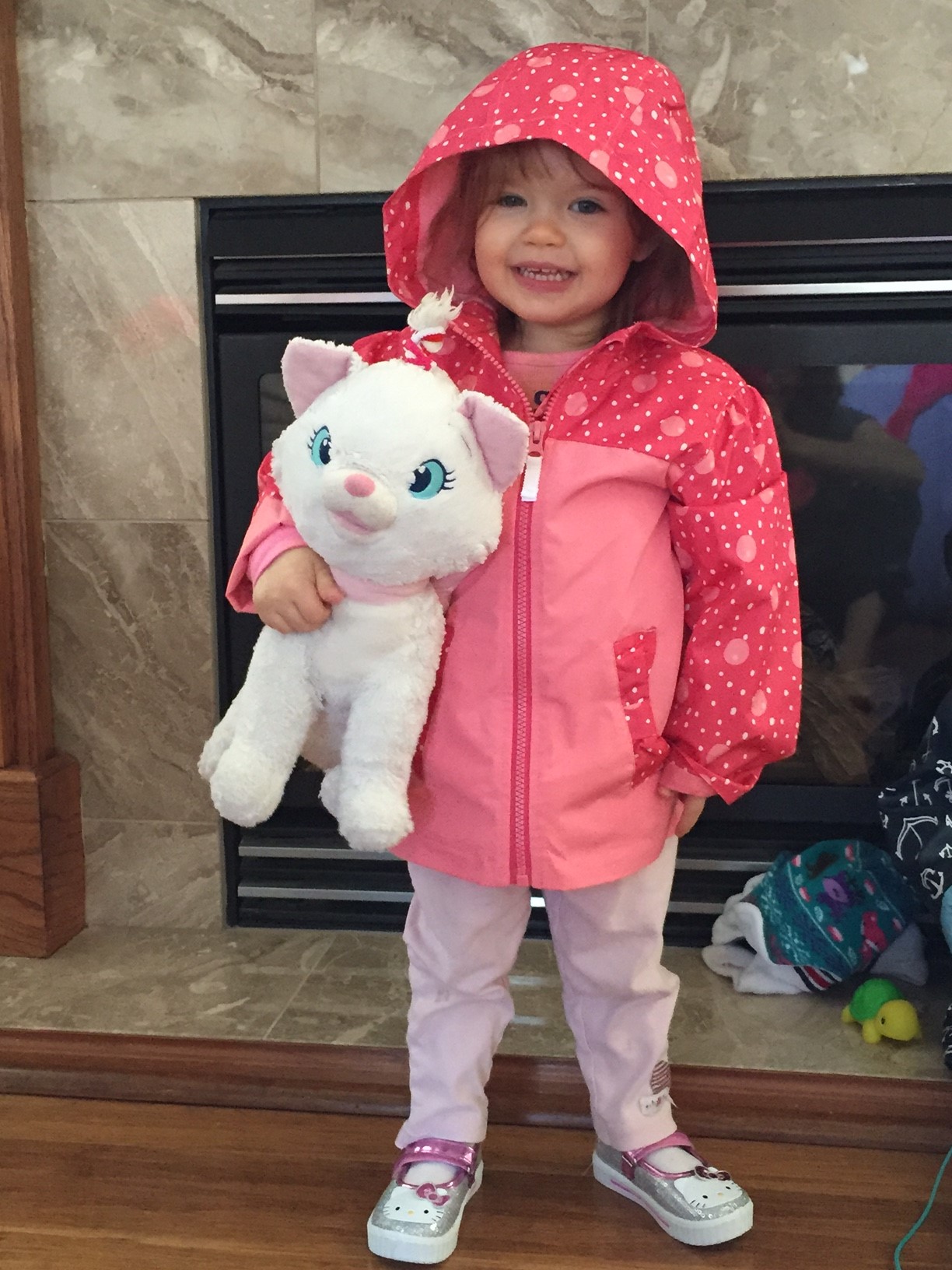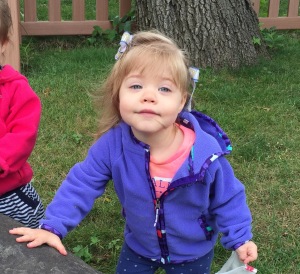Perfectly Imperfect – The Dawning of New Era
As I sit down to write today, I am watching the rain fall along the panes of our windows. Cold, wet days often don’t bring the joy of bright, blue 72-degree weather but rather tend to slow many down and often times slow us down enough to see the muffled memories or quiet reflections in our mind. I have been pondering what, when and how of what I’d like to share in this post for several weeks. Today, I decided to simply put pen-to-paper or rather fingers-to-keys.
Today, my story is intended to empower families and caregivers in fostering mental healthcare in their homes and creating a compassionate space for each other. There is no doubt that the COVID-19 pandemic heightened stress and brought about new stressors for all people. I often wonder how my children will recall these last few years. Will they remember the isolation sadly? Or will they recall the extra time each other and Nana has their second-grade teacher fondly? Will they recall the big feelings that they navigated with pride or remorse?
I recognize that their reactions and recollections are out of my locus of control but my response in the here and the now is. The last year and beyond we have navigated budding mental health concerns that we knew would eventually arise due to the prevalence in our genetic pool. At first, we sought out strategies to combat the stress. We tried T.I.P.P. breaks, individual and family therapy, breathing exercises, bedtime and wake up routines, more structure, less structure, lavender, diffusers, the list goes on and on. Scenarios would improve temporarily but then we felt like we were back where we started and often times in a worse situation.
We have come to realize that this approach is simply exhausting. What if we rather embraced the stress? And, while we’re at it, what if we also embraced that are mental and emotional wellbeing don’t have to perfect? It is freeing to own that fact that we’re perfectly imperfect!
How to Embrace Being Perfectly Imperfect
- Don’t Combat Stress, Combat Stigma.
We begin with education and the opportunity to educate ourselves and others about mental health disorders using resources such as NAMI.org or the CDC. This includes being conscious of our language and labeling of others using mental health conditions as adjectives.
- Separate the Person from the Condition.
People First language puts the person before their diagnosis and/or ability. It acknowledges that their identity is not in their medical condition or history but rather who they are.
- Equate Physical and Mental Illness.
We don’t discourage people from going to the doctor when they are physically ill, but some think twice about pursuing mental healthcare. The brain is vulnerable to disorder just as other organs in our body. When we can correct disruptions or abnormalities in brain function with medication, equip a young mind for healthier growth, create a mental environment that permits therapies to “stick” and provide that individual with a tool to achieve more equitable experiences.
- Own Your Story.
I encourage everyone to find time to reflect upon your story. Whether you choose to share it or not is up to you. Sharing our stories make us truly vulnerable. However, the reward from sharing with safe people can be greater than the risk. Human connections are made through stories. In our weakness, we become stronger.
Our Story
If you were to open the medical charts of our family, you would see anxiety, ADHD, bipolar disorder, depression, oppositional defiant disorder, and panic disorder. We are not strangers to mental illness nor the therapies that accompany them. I, personally, appreciate the fact that my parents exposed me to mental healthcare providers at a young age because I became comfortable and accepting of this resource. Years later, when Frank and I perceived that there may be more to the tantrums we were witnessing, the first place we looked for help was a LCSW. Even with our personal relationships with therapists over the years, when the psychiatrist recommended medication for one of our children we were a bit taken back.
I asked myself questions like… “is it really that bad?” “have we exhausted all of our alternative therapies?” “what will their siblings think?” “will they need to take it forever?” It was in this moment that I realized I was standing in the way of a potential solution for my child. Then, I looked into their young eyes and asked if they’d like to try it. They held their gaze and provided a confident yes.
Needless to say, we started the medication and while the story is not over, the chapter filled with fear, horrific bedtimes, concerns for self-harm, and words that belong only in parents’ nightmares is closed. We are experiencing a rainbow as the sun emerges upon our personal storm. With this dawn, we see restored sibling relationships, the return of a sparkle in their eyes and a little more peace of mind.

I would be remiss in a post like this to not offer immediate help for those who feel ready. If you or a loved one are seeking help, know that it is there. SAMHSA’s National Helpline is a free, confidential, 24/7, 365-day-a-year treatment referral and information service (in English and Spanish) for individuals and families facing mental and/or substance use disorders. They can be reached at 1-800-662-HELP (4357)

























 For example, Theo thought it made sense to hide his glasses in a tree in the yard for almost a whole day. Many thanks to Nana for tracking them down. On the other side of the spectrum, Ellie’s words after putting them on were,”I can see you Mom!”
For example, Theo thought it made sense to hide his glasses in a tree in the yard for almost a whole day. Many thanks to Nana for tracking them down. On the other side of the spectrum, Ellie’s words after putting them on were,”I can see you Mom!”
























